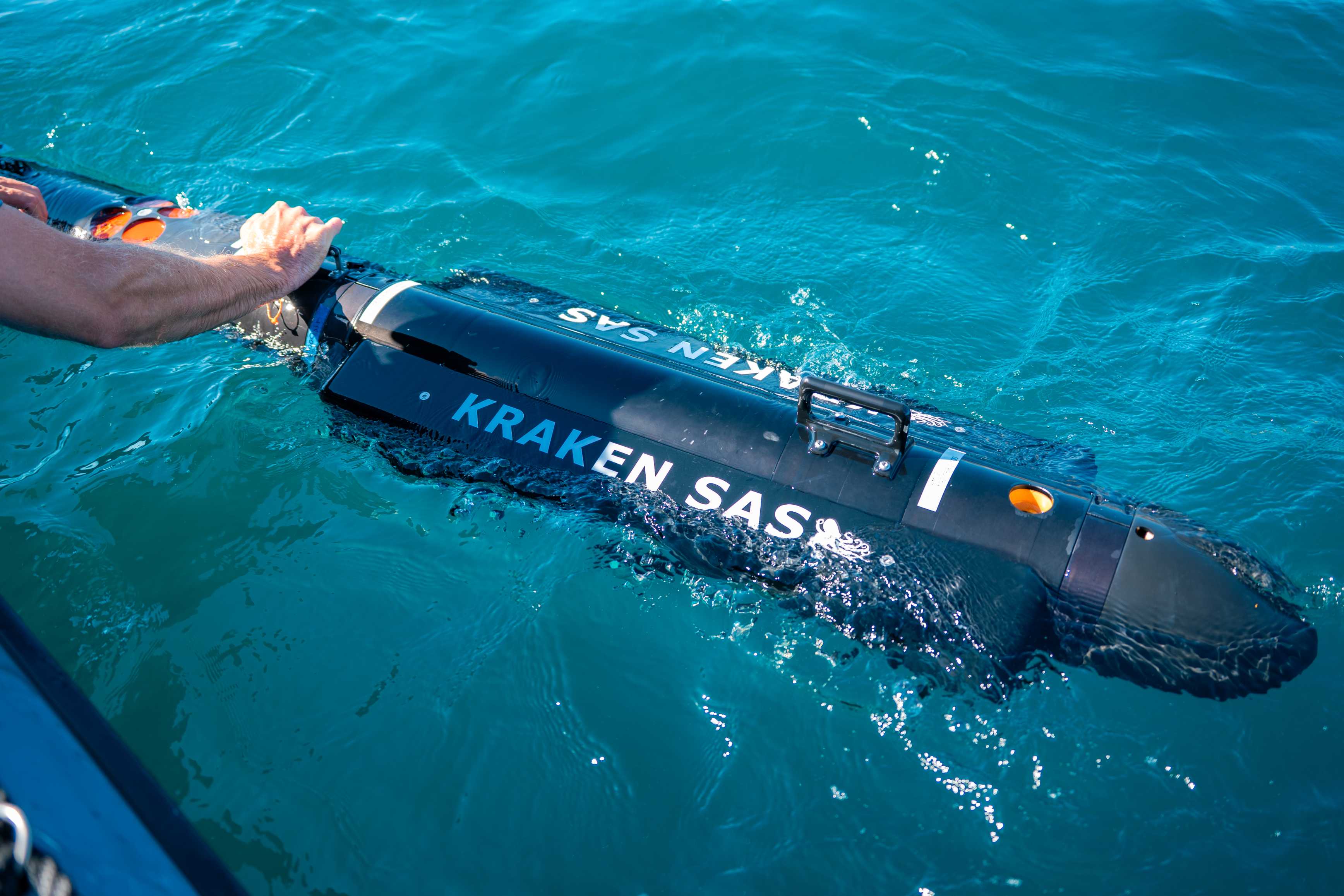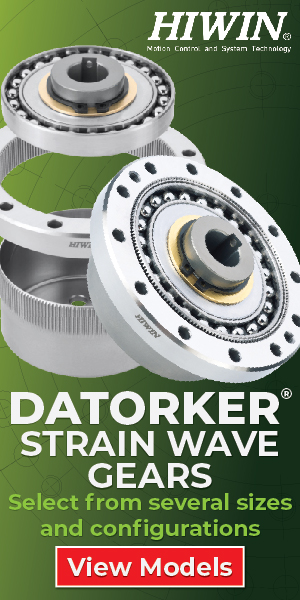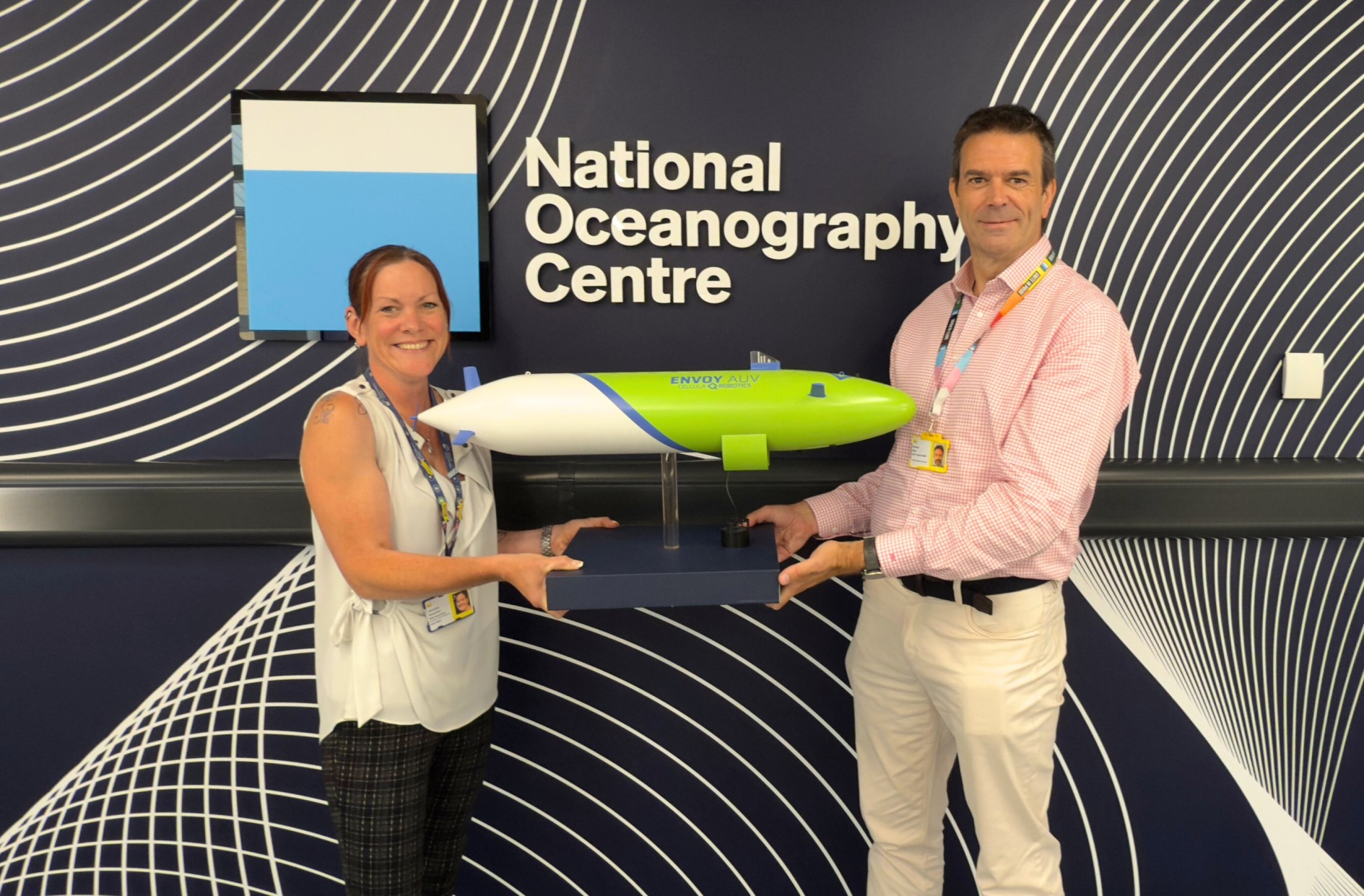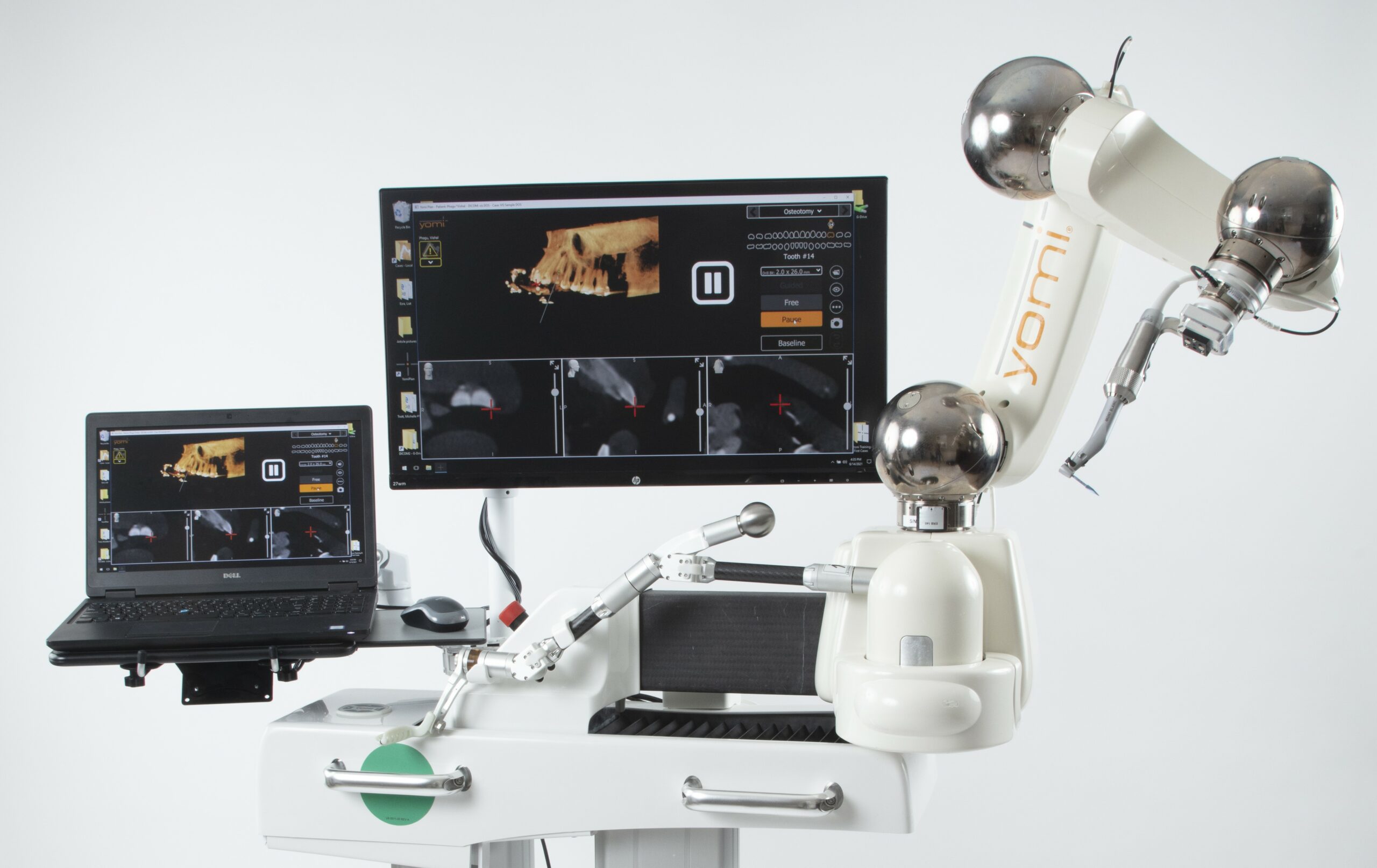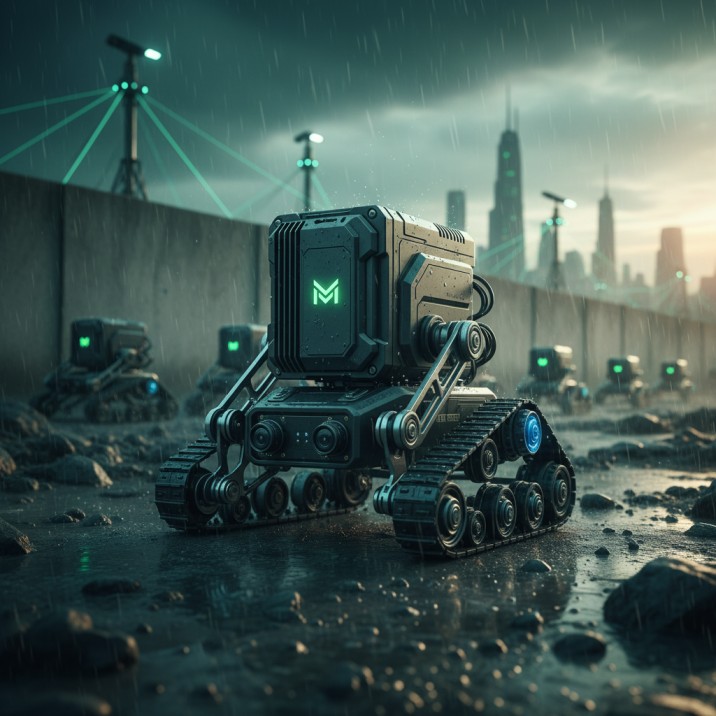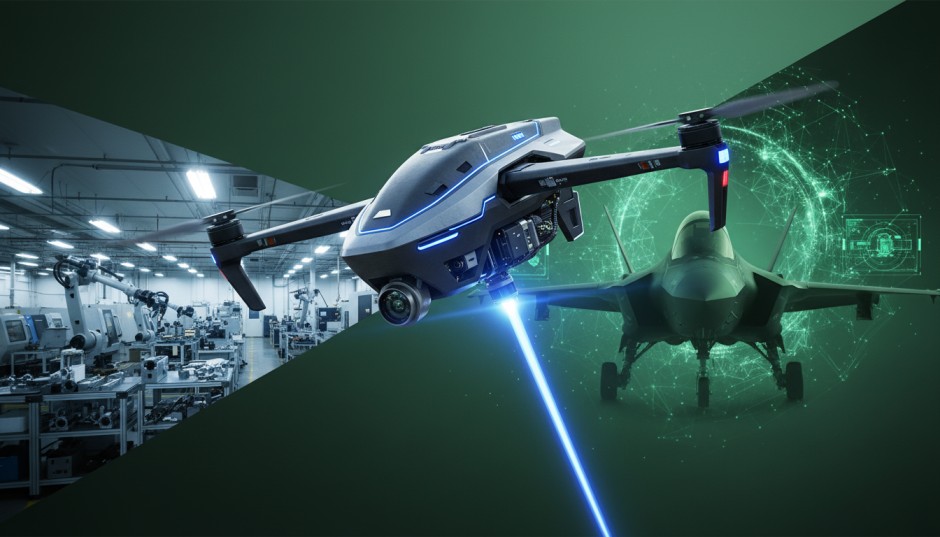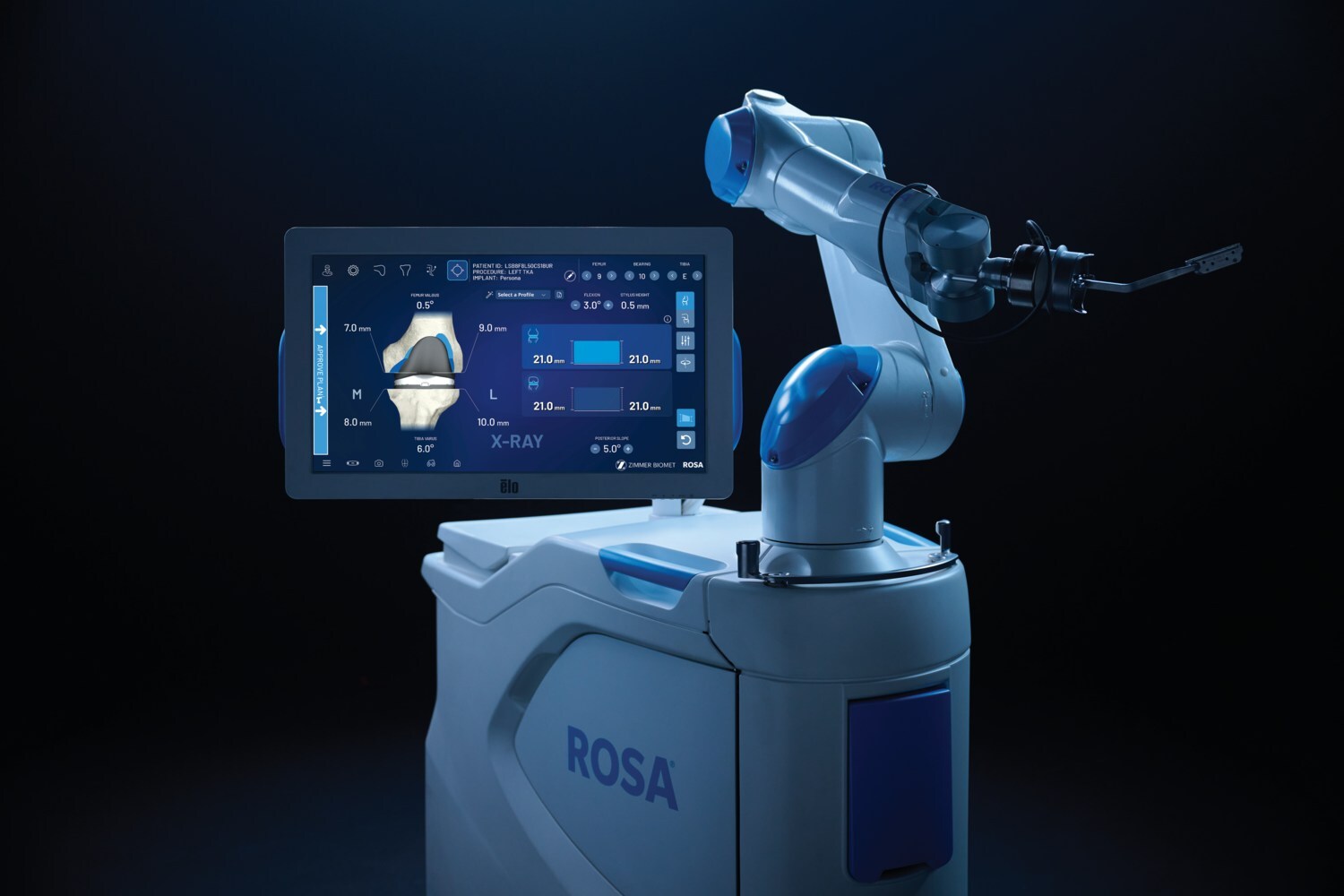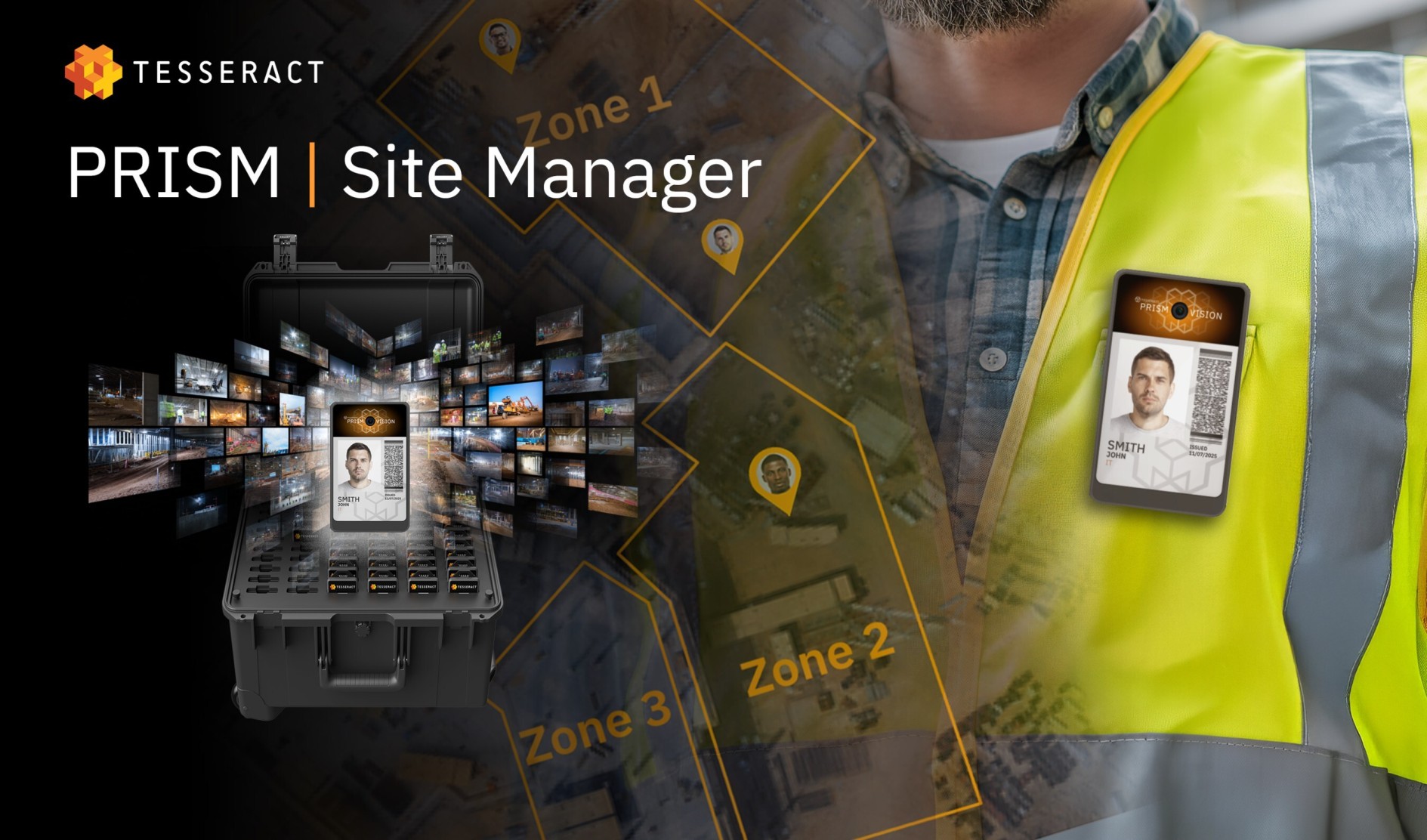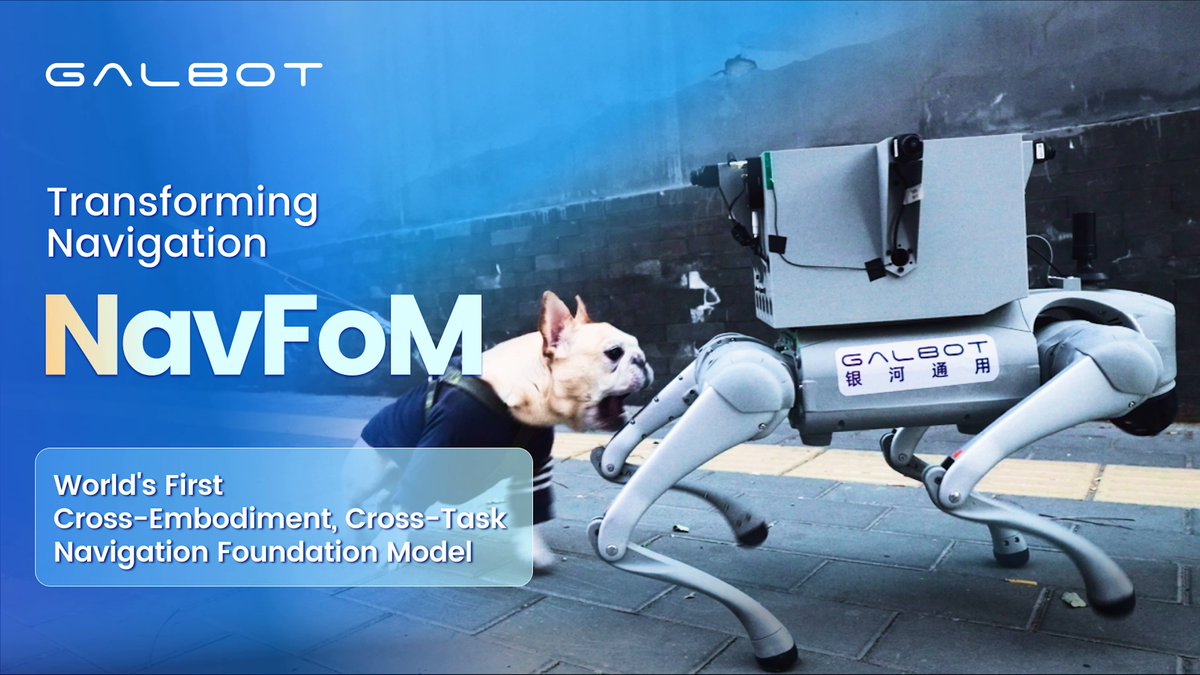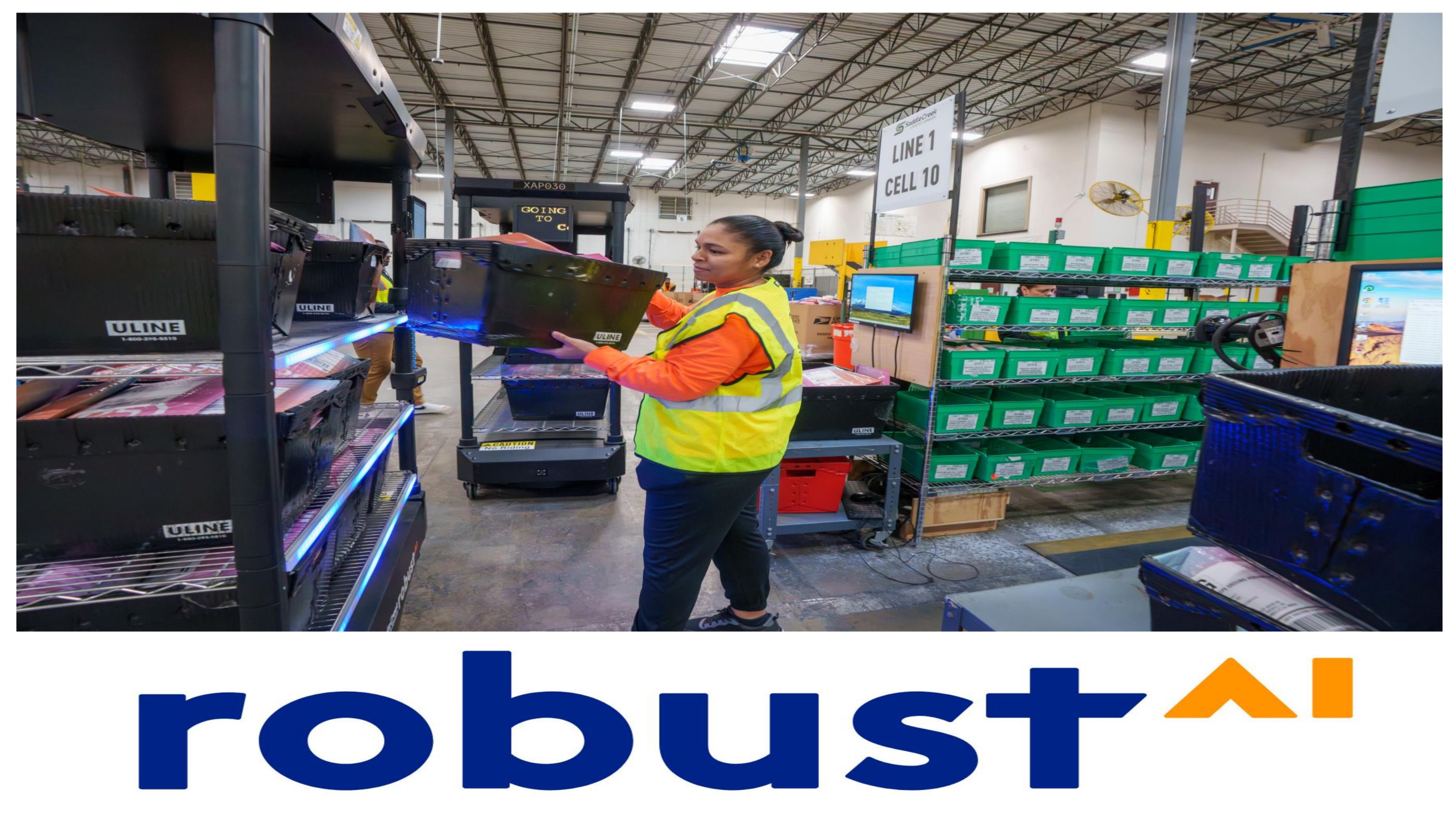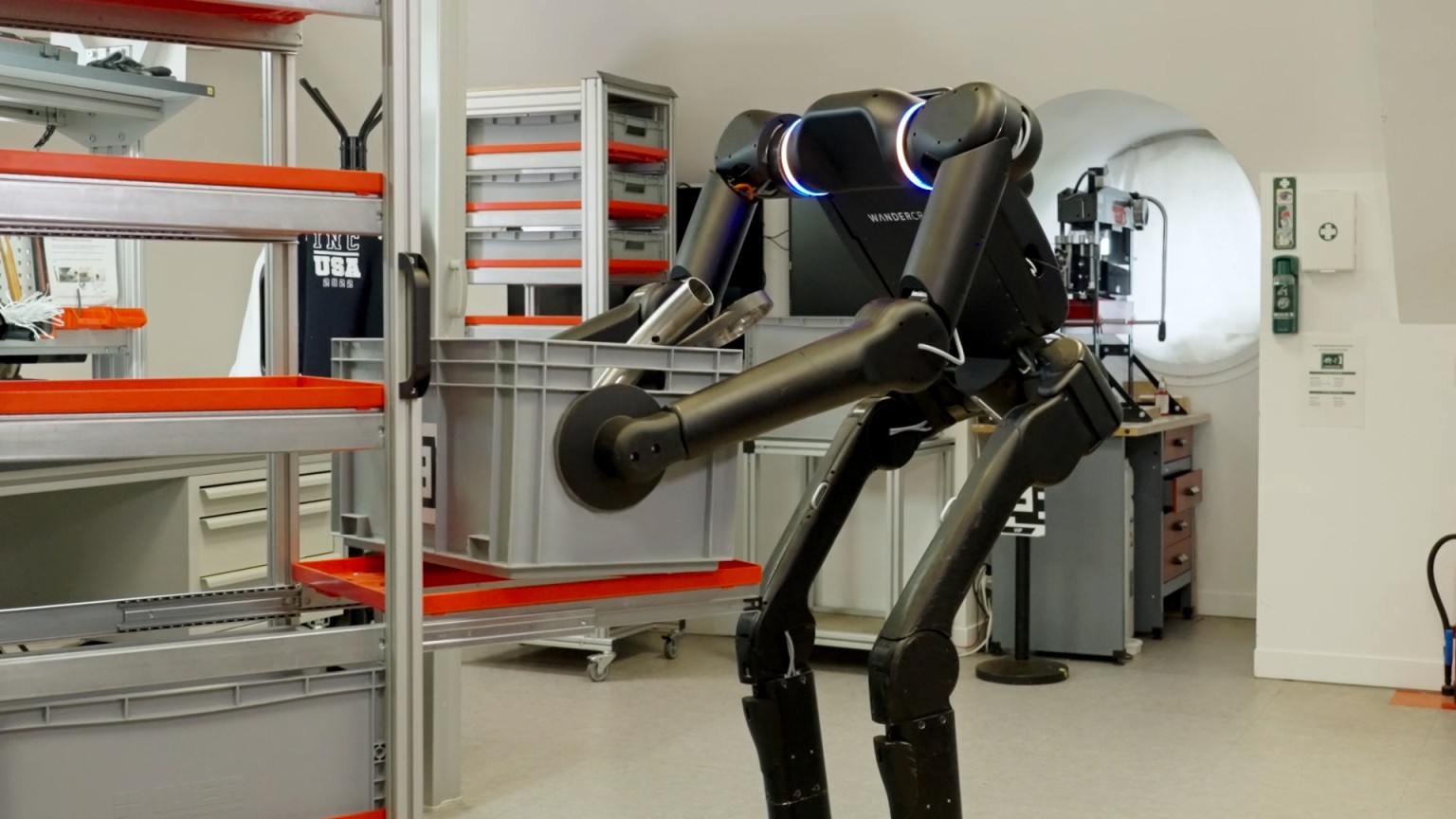Kraken Robotics Sets Record at REPMUS 2025 as Global Navies Deploy Synthetic Aperture Sonar for Maritime Security Operations
Ten international naval and industry teams leveraged Kraken’s SAS technology for mine countermeasures and underwater infrastructure inspection, highlighting growing adoption and interoperability.
Image Courtesy: Public Domain
Kraken Robotics Inc. (“Kraken” or the “Company”) (TSX-V: PNG, OTCQB: KRKNF) announces that a record number of participants used its synthetic aperture sonar (SAS) technology at the annual Robotic Experimentation and Prototyping with Maritime Unmanned Systems (REPMUS) exercise in Portugal. Seven international naval teams and three uncrewed underwater vehicle (UUV) manufacturers deployed Kraken SAS for maritime security exercise applications including mine countermeasure operations and critical underwater infrastructure inspection, demonstrating interoperability across platforms, nations, and mission objectives in the underwater domain.
“This year we saw Kraken SAS usage at REPMUS double compared to last year, with ten teams leveraging Kraken systems,” said Greg Reid, President and CEO of Kraken Robotics. “Hands-on operational trials like REPMUS are invaluable—they let us collaborate with operators under real conditions so we can refine product roadmaps and continue to deliver the best solutions for tomorrow’s missions.”
This marks Kraken’s fourth consecutive year supporting REPMUS, with an increasing number of participants using Kraken SAS each year, from one in 2022 to 10 in 2025. This year, Kraken SAS was integrated across four different types of UUVs, from small-class to large-class.
Kraken personnel provided shore-side integration and data support, collaborating with users on best practices for efficient and accurate operations. Systems captured data at a constant 3 cm x 3 cm resolution, revealing mine-like objects and subsea cables as small as 5 cm diameter.
The 2025 REPMUS exercise brought together more than 30 nations, 2000 participants, and 250 autonomous assets to test naval interoperability in realistic operational environments.


